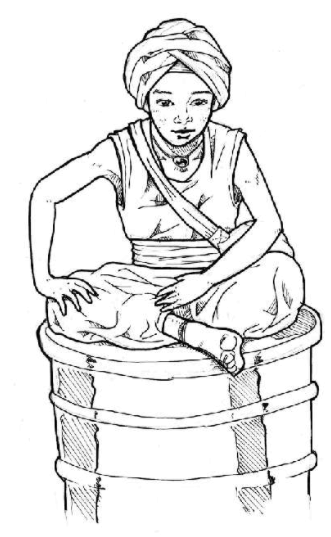










































See above ten angle theorem diagrams which need to be memorised. Each time the blue play button is clicked a diagram will be removed from the collection. The aim of the activity is to draw the diagram (or write out the theorem) after it has been removed. After the last diagram has been removed all ten diagrams are then shown in the order they were removed so that answers can be checked.
The auto play button removes shapes at thirty second intervals but this time can be adjusted using the drop-down box below.
|
|
|
Note to teacher: Doing this activity once with a class helps students develop strategies. It is only when they do this activity a second time that they will have the opportunity to practise those strategies. That is when the learning is consolidated. Click a button below to play another version of this game or play the same game again (the images will disappear in a different order)
|
Basic Shapes 
|
Fancy Shapes 
|
Circle Parts 
|
Angle Theorems 
|
Fractions 
|
For many pupils the initial task of memorising ten images is far too difficult. You can make the game easier by removing some of the images with the blue button before you present the pupils with this activity.
The auto play feature removes shapes after a certain number of seconds (30 seconds by default). You can vary that time interval if it is not suitable for your class here:
Auto Play: Remove shapes every
Note that the first image is removed four seconds after pressing the auto play button despite the time interval set for the rest of the shapes above.
Here is the URL for a student version of Mathematical Kim's Game.

If you are not familiar with Rudyard Kipling's story of Kim, or, to give him his full name, Kimball O'Hara, he was the son of a sergeant of an Irish regiment in India in the late 1800s. His father and mother died while he was a child, and he was left to the care of an aunt.
His playmates were all local Indian boys, so he learned to talk their language and to know their ways. He became great friends with an old wandering priest and travelled with him all over northern India. One day he chanced to meet his father's old regiment on the march, but in visiting the camp he was arrested on suspicion of being a thief. His birth certificate and other papers were found on him, and the regiment, seeing that he had belonged to them, took charge of him, and started to educate him. But whenever he could get away for holidays, Kim dressed himself in Indian clothes, and went among the locals as one of them.
After a time he became acquainted with a Mr Lurgan, a dealer in old jewellery and curiosities,who was also a member of the Government Intelligence Department. This man, finding that Kim had such special knowledge of local habits and customs, decided that he could make a useful agent for Government Intelligence work. He therefore gave Kim lessons at noticing and remembering small details, which is an important point in the training of a Scout.
Mr Lurgan began by showing Kim a tray full of precious stones of different kinds. He let him look at it for a minute, then covered it with a cloth, and asked him to state how many stones and what sorts were there. At first Kim could remember only a few, and could not describe them very accurately, but with a little practice he soon was able to remember them all quite well.
At last, after much other training, Kim was made a member of the Secret Service, and was given a secret sign, a locket to wear round his neck and a certain sentence, which, if said in a special way, meant he was one of the Service.
Do you have any comments? It is always useful to receive feedback and helps make this free resource even more useful for those learning Mathematics anywhere in the world. Click here to enter your comments.